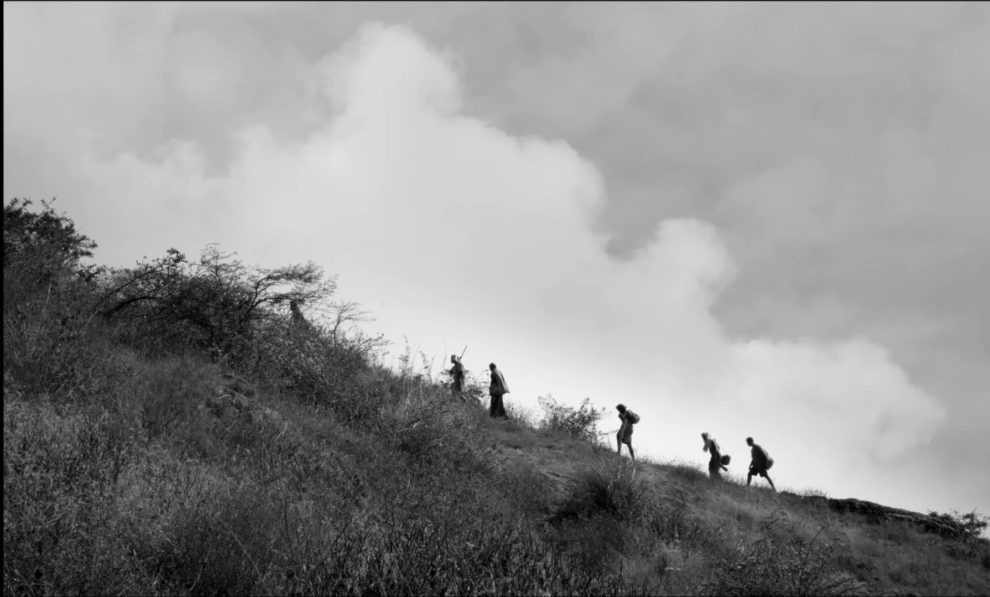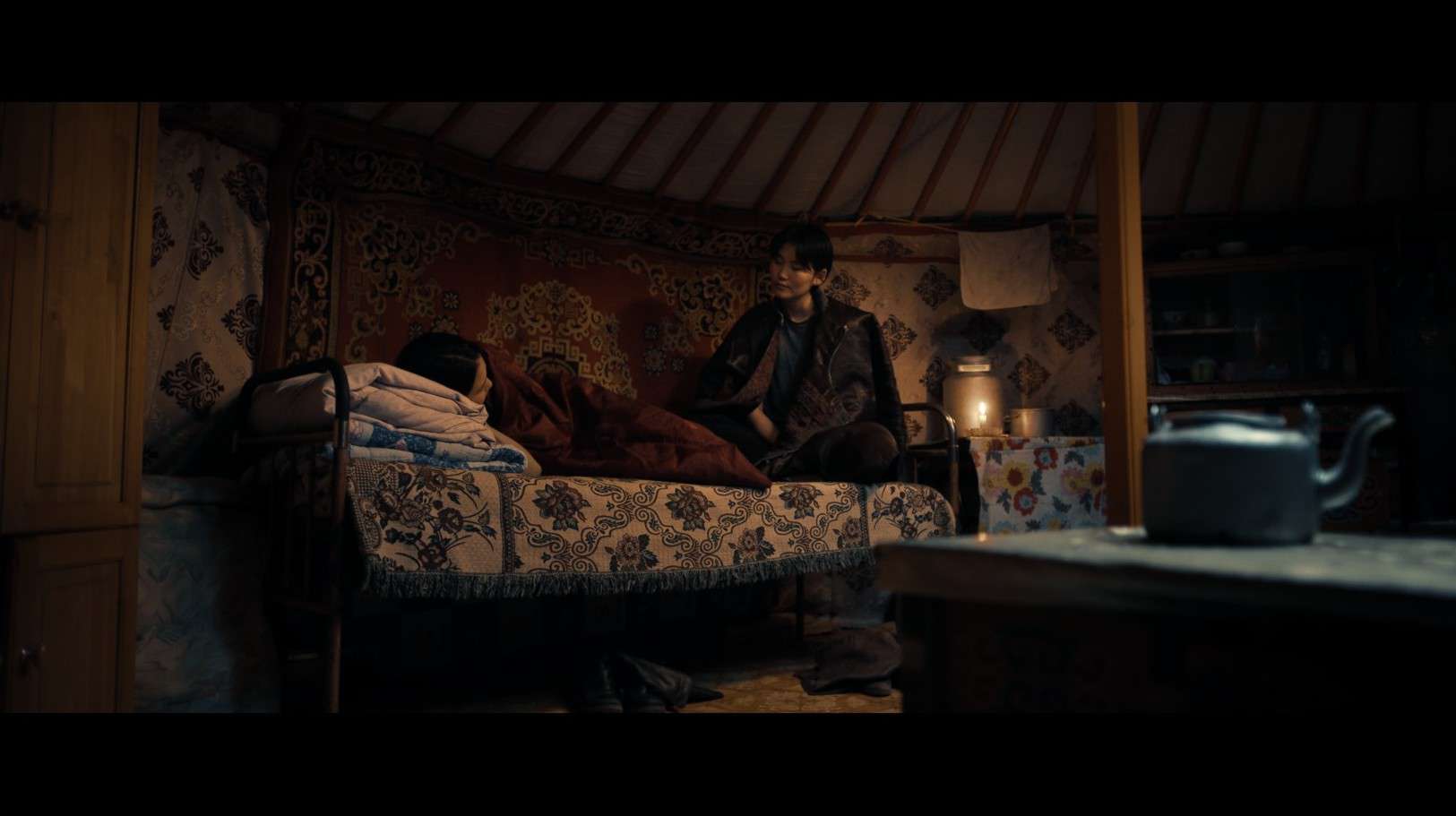For years, Malayalam cinema has been one of the strongest flagbearers of quality cinema coming out of India. The likes of Govindan Aravindan, John Abraham and Adoor Gopalakrishnan, some of the greatest Indian filmmakers of all time, have come out of the state of Kerala. From the same industry, Don Palathara works with a shoestring budget, using atypical filmmaking choices and believing on inventiveness. “1956, Central Travancore”, his latest release, is an example of the results of his creativity. It is one of his two films to have been selected to get shown at the 25th edition of International Film Festival Of Kerala.
Oman and Kora are brothers. While Oman is a shrewd man, keeping care of his business and leading a life as normal as possible, Kora is an indecisive fellow with a recurring trait of leaving work and family all of a sudden, only to remain missing for months. In need of some quick money, Oman devises a desperate and risky plan to assemble a team for the purpose of illegal hunting of a gaur. The team is not united, though, except for their goal. A moody hunter tends to defy leadership, as does another older member of the group. What happens next is a tale full of fantasies and dreams, and of surprises leading to various emotions.
“1956, Central Travancore” is a period piece, the year in the title signifying the temporal setting of the movie. The year where the characters live in is of some importance, as it explains their behaviour, living in the backdrop of the land reform law about to be enforced. Nevertheless, it works very well even without the moniker of being a period piece. Much like the works of Lav Diaz, it speaks of a relatively recent history of the filmmaker's sociocultural home, and as the behavioural change in people over time is negligible, a certain sense of timelessness is achieved.
Diaz is an important influence towards the entirety of the movie. The impact is certainly positive, especially the trait of letting a scene hang on after the apparent end of action. The villages and the wilderness all around are not unlike the Filipino Barrios. However, Palathara has his own stylistic style, suitable to display the Kerala rural society as seen in the movie. Two themes control the narrative, and often intertwine: faith and conversation. Conversations are especially important in the movie. In a rural lifestyle, stories are an important mode of recreation. Stories appear in the movie in two ways: spoken by the narrator, and revealed as part of conversations. Stories are of paramount importance, as they bring into light much of the backstory of the characters and most of the fantastic elements.
Visuals run the show in “1956, Central Travancore.” A brilliant ascendance scene reminds one of Bergman's “The Seventh Seal” (1957) and Patrick Tam‘s “Love Massacre” (1981), although the theme of ascendance is impressively rendered ironic by the incidents that follow. In another extended sequence, a dramatic scene informs the audience of the relationship between a visible character and an invisible one. However, it is not necessarily the truth, but an idea seen through the point-of-view of one of them. Fire is used beautifully, burning through the brilliant monochrome. In an artistically beautiful sequence, a man is seen in a slope holding a flaming torch, which he extinguishes; however, darkness fails to engulf the scene, as the director decides to display events to the audience, providing them with omnipresence.
Cinematography has been handled by Alex Joseph. Although not a veteran in the industry, the impression he manages to leave is sharp. In films belonging to the slow cinema genre, which this shows signs of, sound design plays a major role in developing atmospherics, often playing the role of pivot in the success of the film or the lack thereof. Jiji P Joseph and Sandeep Madhavam handle the department well enough, enhancing the quality of the film. Acting is not a strength, however, and most actors are unremarkable, although none of them fails. Kani Kusruti in a small role is the best performer.
“1956, Central Travancore” is a movie created with the utmost care, and is a gem considering the space it creates for itself amongst the popularity of black-and-white cinema amongst today's independent filmmakers.















